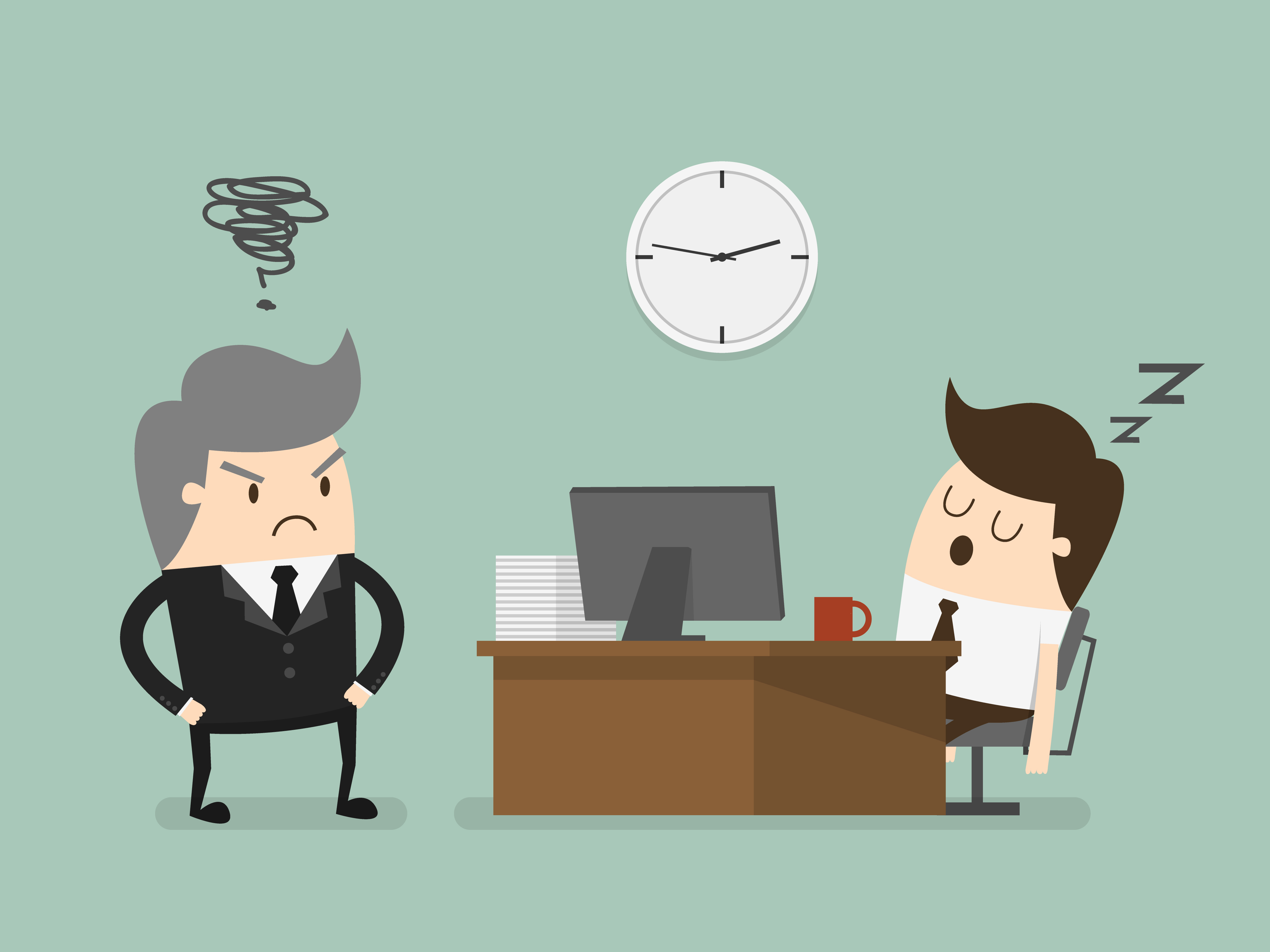One way or another problem employees affect everyone. Somehow they continue to slip through the cracks and the government has fallen into this very web. But rest assured, bad governmental employees can be fired and, in some cases, should be. Stewart Liff argues we should even do it more often.
Liff, President and CEO of Stewart Liff & Associates and a Fellow with the Performance Institute, sat down with Christopher Dorobek on the DorobekINSIDER to discuss some of his findings from his book, Managing Government Employees: How to Motivate Your People, Deal with Difficult Issues, and Achieve Tangible Results.
“I don’t think the government does a good job dealing with problem employees,” Liff began the conversation.
Problem employees can damage an entire organization. “Government employees, on any level, don’t want to work with poor employees either, because they want to be part of the winning organization. But as long as management is unwilling or unable to deal with them, it will pull down your culture and make it a culture where everybody does his/her own thing rather than everybody focusing on the mission,” Liff said. So why do they remain a problem?
Liff outlined three scenarios of how government leaders either choose to deal with a problem employee or not.
- Scenario One: You do nothing. “This is the worst thing you can do because then everybody else gets the message that there is no accountability, that the supervisor is not serious, and that management is not serious.” In the end, it causes a bad work culture. People will ask themselves, “If this person is going to slack off and get paid the same as I will, why should I work so hard?”
- Scenario Two: Work to change the employee. “Let them know you are serious, because the sooner a problem employee knows his/her job is at risk, the more likely they are to change.” Plus, “It’s preferable to get him/her to turn around.”
- Scenario Three: Terminate the employee. “The employee will either change or you’ll have to replace them.”
The first piece of advice Liff gave us was to change the dynamics in your work relationships. “As long as you are in a position where you are constantly reacting to the employee using the system against you, you’re going to be on the defensive.” To picture this situation more clearly, Liff provided a snapshot of how this interaction might appear if not dealt with: “If you are playing tennis against Roger Federer and you are receiving, you’re going to constantly be on the defensive reacting to his serve.”
Therefore, the real solution here is to deal with the problem employee head on. “If you walk away from it, the problem will metastasize. But if you fire your worst employees sooner, you only need to do so a couple of times, because then everybody will get the message. Everybody will fall back into line and you’ll have the type of focus, the type of accountability, and the type of performance that every organization seeks,” Liff stated. It will only hurt you in the long run if you put off the problem. “The longer you allow a problem employee case to go on and on, the more challenges, complaints, and grievances you are going to have to go through,” Liff said.
Firing someone is never easy. But if we do not work to change the culture around our workplace, we may continue to be stuck with that problem employee who brings everyone else down. The first step in overcoming this challenge is spreading awareness that things can change in the workplace.





Leave a Reply
You must be logged in to post a comment.